Goldilocks Stars

In the search for life beyond Earth, astronomers look for planets in the “habitable zone” of a star, sometimes nicknamed the “Goldilocks zone,” where temperatures are suitable for liquid water to exist on a planet’s surface to nurture life as we know it.
These types of stars are dimmer and age more slowly than yellow Sun-like stars, offering a more stable climate for an orbiting planet. But they are brighter and age faster than red dwarf stars, which often flash brightly. Because our Sun has nurtured life on Earth for nearly 4 billion years, research suggests that stars like it would be prime candidates in the search for other potentially habitable worlds.
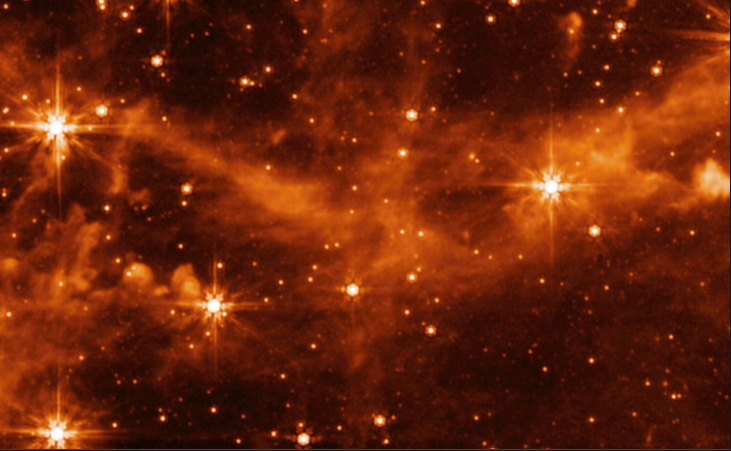
Actually, stars slightly cooler and less luminous than our Sun, classified as K dwarfs, are the true “Goldilocks stars”, these are in the sweet spot, with properties intermediate between the rarer solar-type stars, brighter but shorter-lived.
Using data from the Hubble Space Telescope, they examined 39 orange dwarfs. Most move together through the Milky Way galaxy in two separate groups, 40 million to 650 million years old, and new observations show that orange dwarfs emit a lot of ultraviolet light long after birth, potentially endangering planetary atmospheres, the researchers report.
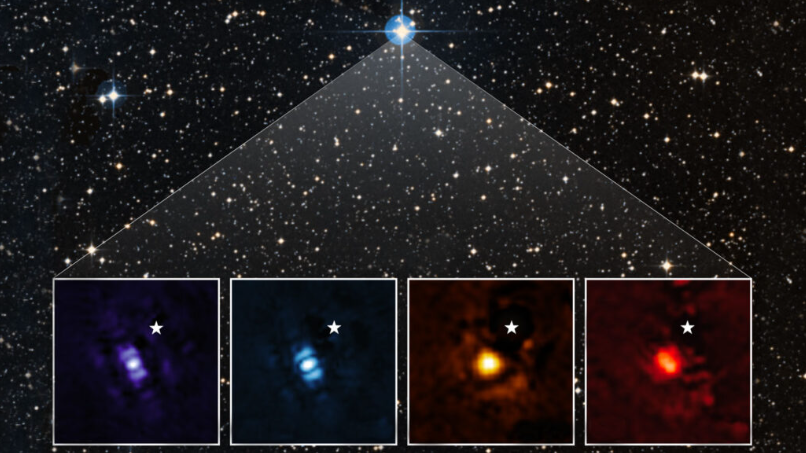
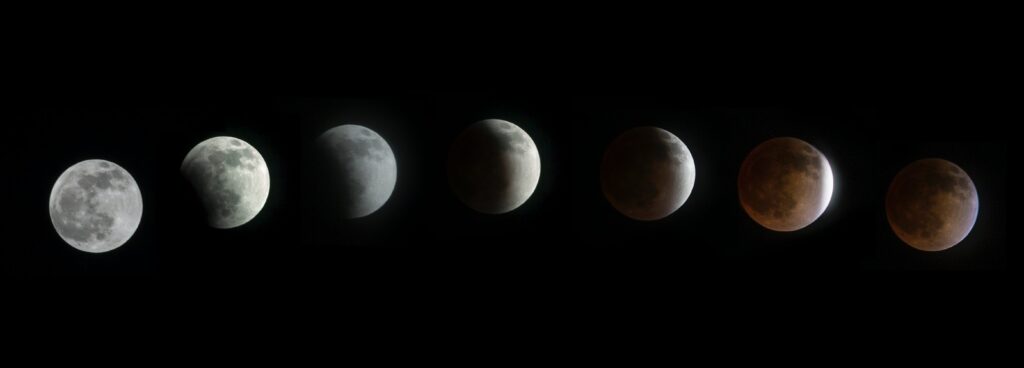
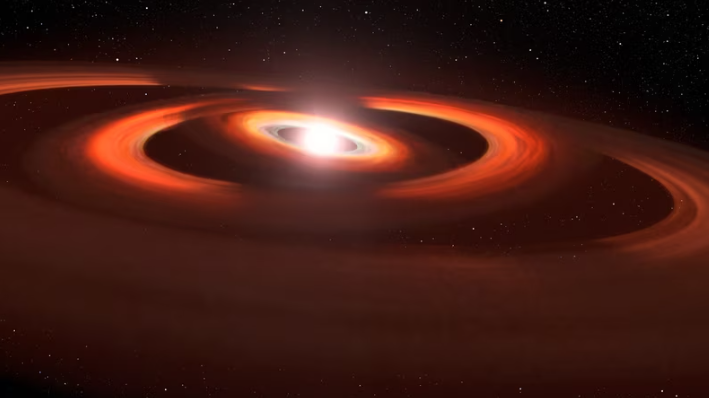
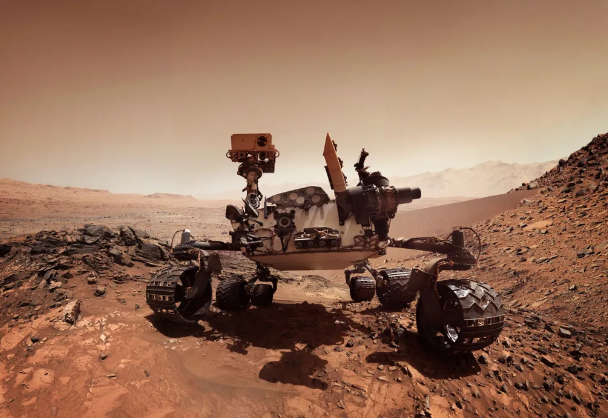
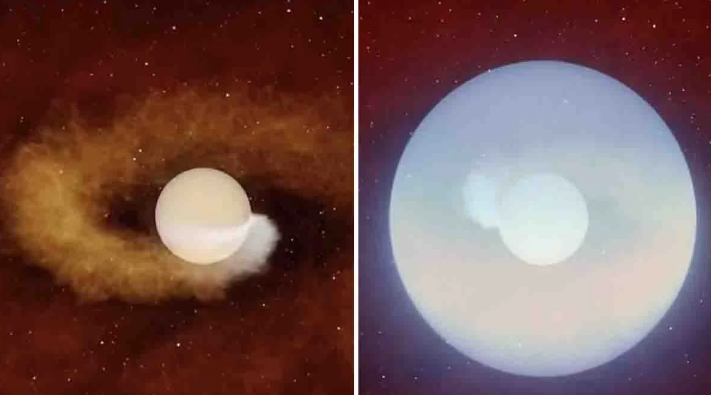
Responses